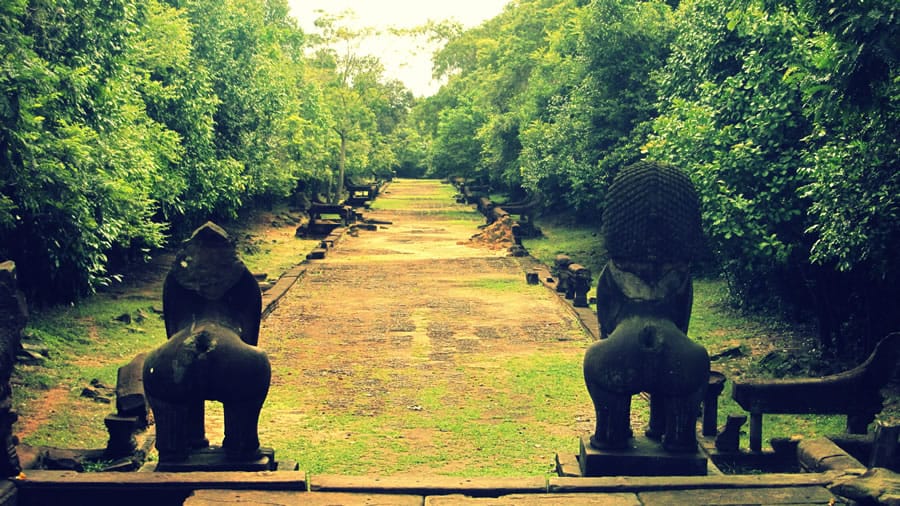
Inca Audio Tour essay
The art and culture of Incas and other Native American tribes and civilizations was unique. Nevertheless, some elements of their art and culture are similar to works of art and cultural norms that can be traced in art and culture of other civilizations. At the same time, the Spanish conquest had influenced Native American culture consistently. On the other hand, the depiction of Native Americans by European artists was also influenced by European cultural norms and traditions.
The Spanish conquest of America had had a considerable impact on local tribes and local culture. This impact can be traced through the analysis of the art, which depicts Incas. At this point, portraits of Incas’ kings are probably the most distinct works of art, which reveal Spanish impact on Incas and the biased interpretation and presentation of Incas king by artists. At this point, it is possible to refer to two portraits of Inca’s kings, which reveal a considerable impact of the colonist and colonial art on Incas. First, the portrait of Atahualpa, Fourteenth Inca, depicts the Inca King, whose depiction resembles the traditional depiction of Spanish monarchs. Similarly, the portrait of Huayna Capac, Twelfth Inca, also tends to depict the Inca king in the traditional style of Spanish monarchs. In fact, the two kings are depicted in a very similar way. To put it more precisely, they both are sitting on the throne, which is clearly seen behind their backs. In such a way, the traditional Spanish interpretation and view of kings can be clearly traced in these portraits because Spanish monarchs were also traditionally depicted on the throne. Another similarity may be traced in the spectre, which both kings hold in their hands. The spectre is the traditional symbol of power, which was normally attributed to monarch and which was not actually so popular among Incas. Moreover, on comparing these two portraits to portraits of other Incas’ kings, there are no other portraits, where kings hold a spectre in their hand. At the same time, this tradition of depicting the king with a spectre in his hand as a symbol of power, was quite popular in European art in European art and culture. The posture of the kings was also traditional rather for European than Incas kings. In such a way, the impact of Spanish culture and art on Incas and on the depiction of Incas was quite significant. At the same time, it was quite natural that Spanish artists interpreted what they saw in America and presented it in the plausible way to make their works of art comprehensible for the audience.
Kero cups are probably the most distinct object reminding of hybridization of Incas’ culture and the fusion of local cultures. Kero cups were traditionally used for the consumption of drinks and they were widely-spread in different Native Americans tribes. They may be viewed as a symbol of the close correlation between the art and culture of different Native American tribes. Native Americans used Kero cups in the similar way and they used to decorate them depicting different elements from their regular life. For instance, they could depict elements of the routine life and different objects that surrounded them in their everyday life.
The Tetrapol Vessel with Lid is a noteworthy object of Mayan culture, which mirrors the close link between different cultures. At first glance, this is a traditional object of Mayan art. On the other hand, it is possible to trace similarities of the vessel to traditional objects of ancient Greek or Egyptian art, for instance. At this point, it is possible to refer to the decoration of the vessel. In this regard, the link to ancient Greek art is particularly strong due to the decorations depicting military elements, such as the military helmet on the top of the vessel. The military theme was also very popular in ancient Greek art. At the same time, there was enormous physical and time gap between these two civilizations, Greek and Mayan one. Nevertheless, the art of Mayas reveals certain similarities and links between different cultures which persist, in spite of physical distance and time gaps. In this regard, it is worth mentioning the fact that Mayan art was quite unique but they probably had had the similar experience. Moreover, it is possible to trace certain similarities in the lifestyle of Mayas and ancient Greeks. For instance, they lived in city states and played the leading part in their region. The war and trade played an important part in the development of both Mayan and Green civilizations. In such a way, both civilizations were distant in time and space but still the Tetrapol Vessel with Lid reveals the link between the two cultures, which though have never come into contact with each other.
Thus, the diverse works of art and artifacts reveal the close relations between different cultures. They show how cultures interact and are linked to each other.

